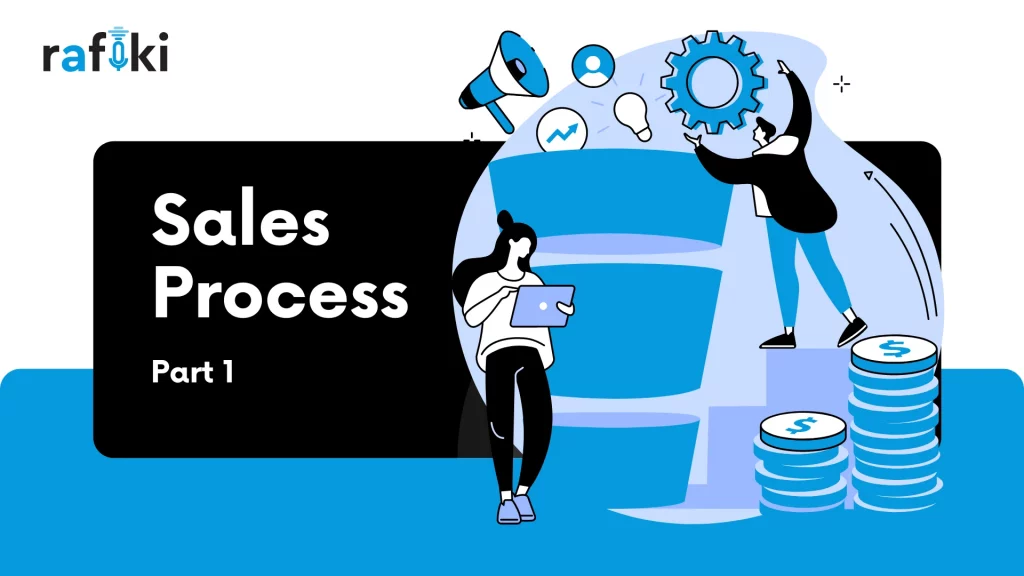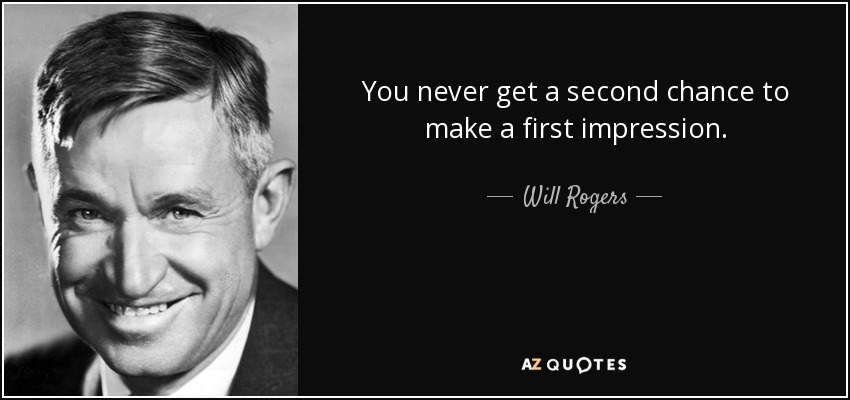Why Rafiki
Pricing


Pricing
Solutions

RevOps Leaders
Synchronize revenue generating functions

SDR Leaders
Get your team aligned and Coach your Reps 3x faster at scale

Sales Leaders
Unlock pipeline truth, drive confident forecasts

Every business is different. But the really successful ones have one thing in common – a streamlined sales process. The equation is pretty straightforward - the more time and higher quality effort you put into a sales process, the better your chances of converting a prospect to a lifelong customer.
But what exactly is a sales process? Here's a simple definition of it -
“It is a series of repeatable steps that a business needs to adopt to convert a prospect into a paying customer.”
Think of it as a set of rules that dictates how customers flow across your sales pipeline. A well-defined sales process is your ticket to growing revenue and making sure that every interaction with prospects is a success.
Now, typically, there are seven steps to a typical sales process. They include prospecting, preparation, approach, presentation, handling objections, closing, and follow-up. However, each of these steps can be a tough nut to crack especially when you’ve just stepped into the world of business. It is quite difficult to get the sales process right on the first try as an SMB. It would often take multiple iterations and research to get the right process that fits your business profile.
The best place to start the research is by studying key competitor mentions, the right way to handle them, and bridging feature or pricing gaps. This post elaborates the first three steps in detail and explains how these steps have been mastered by some of the best in the business. Here are they -
This stage is all about research. You need to find out whether-
Only if the lead satisfies all the above criteria, they will qualify as a prospect.
Pro tip: Targeting just one lead from an organization is never a good practice. A study by Lucidchart shows that purchase decisions are taken by an average of 6.8 stakeholders from an organization. So reach out to multiple decision-makers from one business by following and connecting with them.
Businesses such as Vtiger use LinkedIn extensively to reach out and connect with various leads to turn them into prospects. They have nailed the art of using LinkedIn Sales Navigator to filter out the target audience based on their ICP and send connections and follow-ups to convert leads into prospects.
This is the stage where your lead has converted into a prospect. In other words, they have engaged with you in one form or the other. Like prospecting, this stage also predominantly revolves around research. The only difference is - in this step, you research the prospect market better and understand how your product/service can alleviate their pain points and offer maximum benefit to them. You also need to understand the existing product/service your prospect is using and how yours is better than that.
Pro-tip: It is critical that you prepare a document in this phase. It should contain all your research about the market and concise information about how your product/service will help the prospect grow.

The old adage “First impression is the best impression” is quite apt at this stage. Your approach and the impression you create determine how soon you can convert the prospect into a paying customer. In this stage, you plan the approach of your interaction, right from your first meeting all the way to your tactics to book the next meeting. There are three types of approaches that you can follow throughout your interaction-
TrackBox chose the product approach. They offered a demo of the product to their prospects. They also asked the prospects to refer their product to others who may benefit from the software.
And those are the first three stages of a well-oiled sales process. We will be back with the next set of stages in our next post. So stay tuned.
Also, this is just a teaser of what was discussed in our Sales Expert Webinar Series. You will hear more about key problem areas and how to address those straight from the horse’s mouth (our sales experts). Watch the webinar recording here with the transcripts.